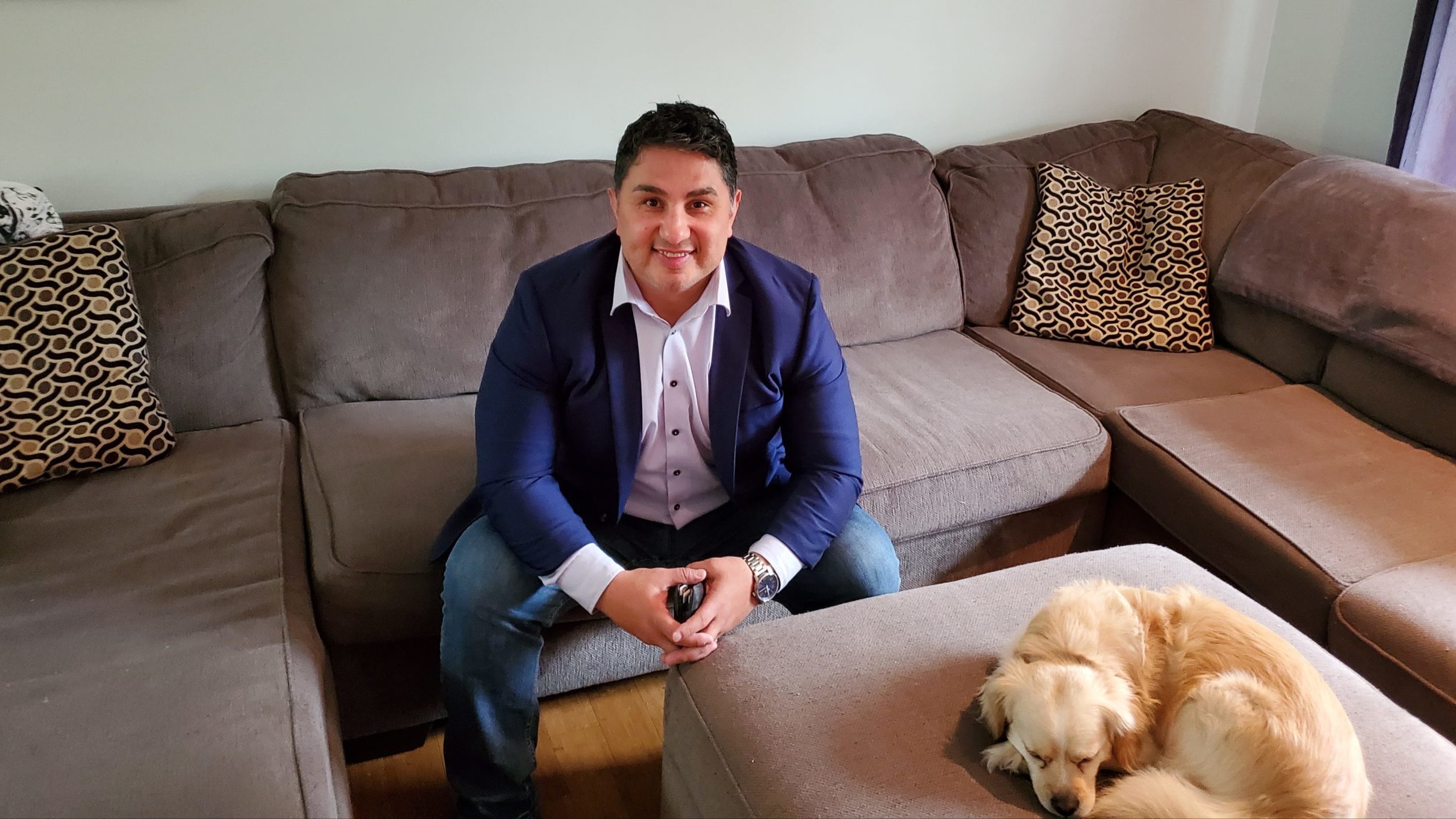
B.C. Indigenous leader Chris Sankey says it’s devastating to watch ongoing illegal protests blocking construction of the Coastal GasLink pipeline.
He’s witnessed first hand the benefits of engaging in resource development, and says the activism is holding Indigenous people back.
“At the end of the day when these protesters leave our communities and go back to their homes, they go back to their jobs, they go back to a life that so many Indigenous people have only ever dreamed about… They leave carnage behind for the communities to clean up, and it’s wrong,” says Sankey, CEO of Blackfish Industries and former elected councillor for the Lax Kw’alaams Band near Prince Rupert.
“We need to be able to get back to the balance of discussion and talk about what’s important here, and that’s our people.”
Communities like Sankey’s benefit financially from working with Coastal GasLink and the associated LNG Canada terminal, helping reduce their reliance on the federal government, he says.
Project benefit agreements and spending with Indigenous-owned businesses provide “the opportunity to look after critical infrastructure in our communities, to look after our elders, to make sure we’re properly resourced to pay for our arts, culture and language, and to make sure that our kids and the generation yet to be born are taken care of for the next 100 years,” Sankey says.
All 20 elected First Nations governments along the 670-kilometre Coastal GasLink route from Dawson Creek to Kitimat have signed agreements that engage them in development, including five Wet’suwet’en bands.
More than one-third of work on the pipeline so far has been conducted by Indigenous people, with $825 million in contracts awarded to Indigenous and local businesses, according to Coastal GasLink.
On the ground are also Indigenous construction and workforce accommodation monitors who advise on protecting the environment, culture and values, Coastal GasLink says.
“We finally get to work in the backyard where a lot of the activity is going to take place, from an industry where millions have benefited without our participation. This is the first time I’ve seen so many Indigenous communities take advantage of this, and it’s great,” Sankey says.
“We worked so hard to get to where we’re at only to see this happen. It’s devastating to watch… I’ve seen the change, and I’ll tell you, I don’t want to go back there. Watching my parents struggle growing up in the community was not fun; having to choose between hydro and food,” he says.
“It’s right at our fingertips and we’re about to blow it by allowing this to continue to happen, and it needs to stop. We’ve got to somehow come together, and the only way that’s going to work is if the leaders and the communities themselves come together and start moving because together we’re stronger.”
The unaltered reproduction of this content is free of charge with attribution to Canadian Energy Centre Ltd.